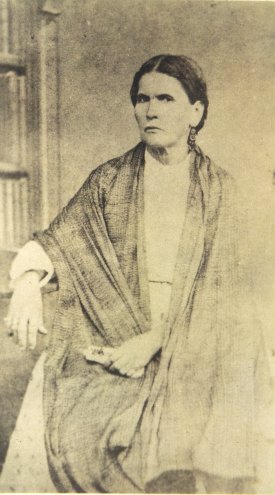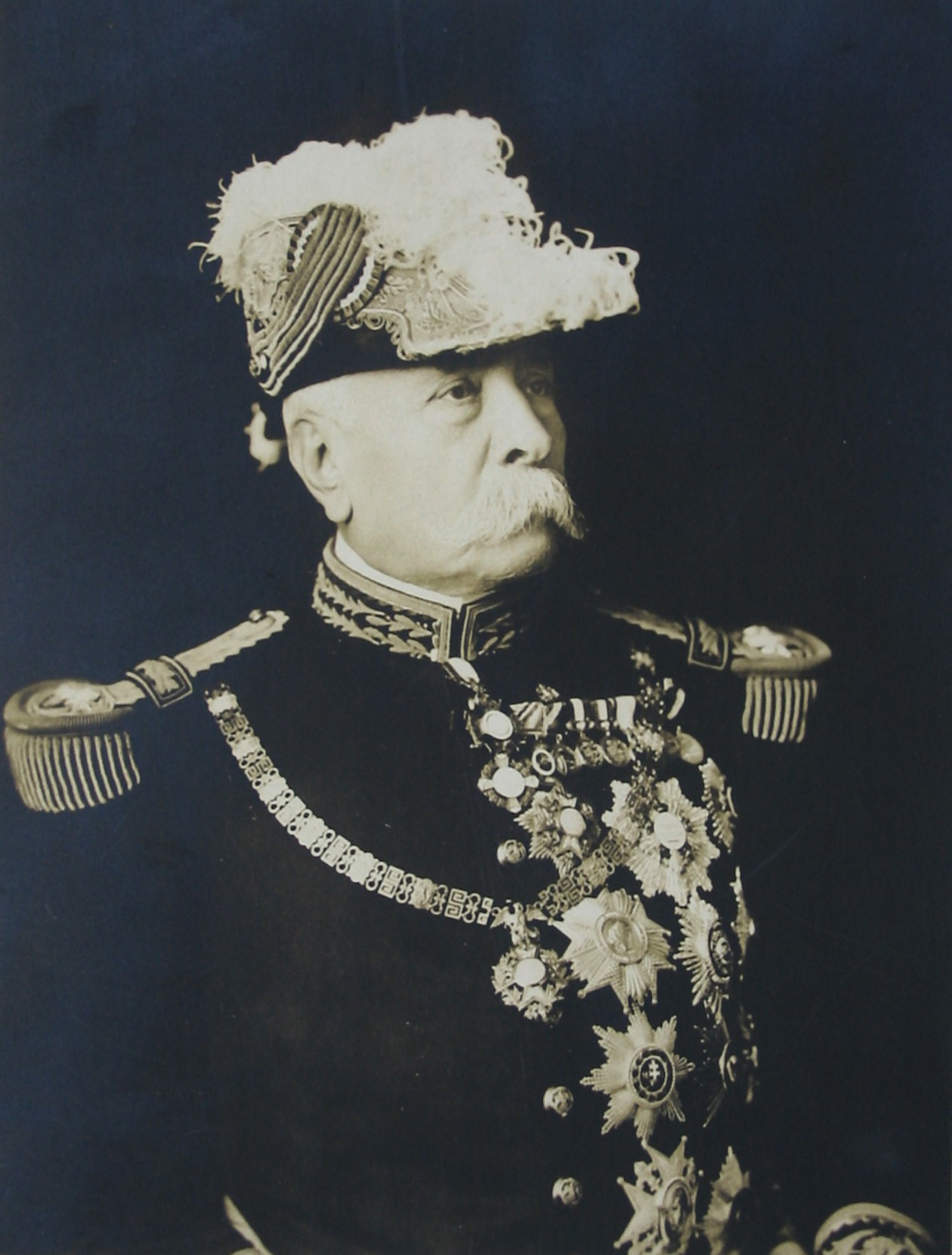|
President Of Mexico
The president of Mexico (), officially the president of the United Mexican States (), is the head of state and head of government of Mexico. Under the Constitution of Mexico, the president heads the executive branch of the federal government and is the commander in chief of the Mexican Armed Forces. The office, which was first established by the 1824 Constitution of Mexico, federal Constitution of 1824, is currently held by Claudia Sheinbaum, who was sworn in on October 1, 2024. The office of the president is considered to be revolutionary, in the sense that the powers of office are derived from the Mexican Revolution, Revolutionary Constitution of Mexico, Constitution of 1917. Another legacy of the Mexican Revolution is the Constitution's ban on re-election. Mexican presidents are limited to a single six-year term, called a ''sexenio (Mexico), sexenio.'' No one who has held the post, even on a caretaker basis, is allowed to run or serve again. The constitution and the office of t ... [...More Info...] [...Related Items...] OR: [Wikipedia] [Google] [Baidu] |
Claudia Sheinbaum
Claudia Sheinbaum Pardo (born 24 June 1962) is a Mexican politician, energy and climate change scientist, and academic who has served as the 66th president of Mexico since 2024. She is the List of elected and appointed female heads of state and government, first woman to hold the office. A member of the Morena (political party), National Regeneration Movement (Morena), she previously served as List of mayors of Mexico City, Head of Government of Mexico City from 2018 to 2023. In 2024, ''Forbes'' ranked Sheinbaum as Forbes list of the World's 100 Most Powerful Women, the fourth most powerful woman in the world. A scientist by profession, Sheinbaum received her Doctor of Philosophy in energy engineering from the National Autonomous University of Mexico (UNAM). She has co-authored over 100 articles and two books on energy, the environment, and sustainable development. She contributed to the Intergovernmental Panel on Climate Change and, in 2018, was named one of 100 Women (BBC), BB ... [...More Info...] [...Related Items...] OR: [Wikipedia] [Google] [Baidu] |
Porfirio Díaz
José de la Cruz Porfirio Díaz Mori (; ; 15 September 1830 – 2 July 1915) was a General (Mexico), Mexican general and politician who was the dictator of Mexico from 1876 until Mexican Revolution, his overthrow in 1911 seizing power in a Plan of Tuxtepec, military coup. He served on three separate occasions as President of Mexico, a total of over 30 years, this period is known as the Porfiriato and has been called a ''de facto'' dictatorship. Díaz’s time in office is the longest of any Mexican ruler. Díaz was born to a Oaxacan family of modest means. He initially studied to become a priest but eventually switched his studies to law, and among his mentors was the future President of Mexico, Benito Juárez. Díaz increasingly became active in Liberal Party (Mexico), Liberal Party politics fighting with the Liberals to overthrow Antonio López de Santa Anna, Santa Anna in the Plan of Ayutla, and also fighting on their side against the Conservative Party (Mexico), Conservative ... [...More Info...] [...Related Items...] OR: [Wikipedia] [Google] [Baidu] |
Porfiriato
The Porfiriato or Porfirismo (, ), coined by Mexican historian Daniel Cosío Villegas, is a term given to the period when General Porfirio Díaz ruled Mexico under an Authoritarianism, authoritarian military dictatorship in the late 19th and early 20th centuries. Seizing power in Plan of Tuxtepec, a coup in 1876, Díaz pursued a policy of "order and progress," inviting foreign investment in Mexico and maintaining social and political order, by force if necessary. There were significant economic, technological, social, and cultural changes during this period. As Díaz approached his 80th birthday in 1910, having been continuously elected since 1884, he still had not put in place a plan for his succession. The fraudulent 1910 Mexican general election, 1910 elections are usually seen as the end of the Porfiriato. Violence broke out, Díaz was forced to resign and go into exile, and Mexico experienced a decade of regional civil war, the Mexican Revolution. Porfiriato as a histor ... [...More Info...] [...Related Items...] OR: [Wikipedia] [Google] [Baidu] |
Executive (government)
The executive branch is the part of government which executes or enforces the law. Function The scope of executive power varies greatly depending on the political context in which it emerges, and it can change over time in a given country. In democratic countries, the executive often exercises broad influence over national politics, though limitations are often applied to the executive. In political systems based on the separation of powers, government authority is distributed between several branches to prevent power from being concentrated in the hands of a single person or group. To achieve this, each branch is subject to checks by the other two; in general, the role of the legislature is to pass laws, which are then enforced by the executive, and interpreted by the judiciary. The executive can also be the source of certain types of law or law-derived rules, such as a decree or executive order. In those that use fusion of powers, typically parliamentary systems, such as th ... [...More Info...] [...Related Items...] OR: [Wikipedia] [Google] [Baidu] |
Presidential System
A presidential, strong-president, or single-executive system (sometimes also congressional system) is a form of government in which a head of government (usually titled " president") heads an executive branch that derives its authority and legitimacy from a source that is separate from the legislative branch. The system was popularized by its inclusion in the Constitution of the United States. This head of government is often also the head of state. In a presidential system, the head of government is directly or indirectly elected by a group of citizens and is not responsible to the legislature, and the legislature cannot dismiss the president except in extraordinary cases. A presidential system contrasts with a parliamentary system, where the head of government (usually called a prime minister) derives their power from the confidence of an elected legislature, which can dismiss the prime minister with a simple majority. Not all presidential systems use the title of ''p ... [...More Info...] [...Related Items...] OR: [Wikipedia] [Google] [Baidu] |
Sexenio (Mexico)
''Sexenio'' is the popular term for the term of office on the President of Mexico. Under article 83 of the Mexican Constitution, the president is limited to a single six-year term, and no one who holds the office, even on a caretaker basis, is permitted to run for or hold the office ever again. It is one of the country's most important political institutions, because it is one of the few significant limitations on executive power in Mexico, which is strong at local, state, and national levels. The was a reaction to failed re-election experiences occurring during Mexico's first fifty years as an independent country and, most notably, the Porfiriato era (1876–1911). Originally known as the "sexenal plan" (), the main goal of the was to provide a clear path to follow for governmental actions during a president's term of office, with the intention to fulfill the unsatisfied social and economic demands—mainly those related to agricultural, industrial and urban development and ... [...More Info...] [...Related Items...] OR: [Wikipedia] [Google] [Baidu] |
Mexican Revolution
The Mexican Revolution () was an extended sequence of armed regional conflicts in Mexico from 20 November 1910 to 1 December 1920. It has been called "the defining event of modern Mexican history". It saw the destruction of the Federal Army, its replacement by a Liberation Army of the South, revolutionary army, and the transformation of Mexican culture and Federal government of Mexico, government. The northern Constitutionalists in the Mexican Revolution, Constitutionalist faction prevailed on the battlefield and drafted the present-day Constitution of Mexico, which aimed to create a strong central government. Revolutionary generals held power from 1920 to 1940. The revolutionary conflict was primarily a civil war, but foreign powers, having important economic and strategic interests in Mexico, figured in the outcome of Mexico's power struggles; United States involvement in the Mexican Revolution, the U.S. involvement was particularly high. The conflict led to the deaths of around ... [...More Info...] [...Related Items...] OR: [Wikipedia] [Google] [Baidu] |
1824 Constitution Of Mexico
The Federal Constitution of the United Mexican States of 1824 () was the first constitution of Mexico, enacted on October 4 of 1824, inaugurating the First Mexican Republic. Background During the Mexican War of Independence, the liberal dominated Spanish Cortes of Cádiz had included representatives from the colonies, and taken into account many of the colonial grievances which were leading to independence. The consequent liberal Spanish Constitution of 1812, Constitution of 1812, was promulgated during the insurgency led by José María Morelos. It established a system of 'provincial deputations' which granted more autonomy to local governments in the colonies while also providing for freedom of speech. The newly liberated Mexican press however simply inflamed anti-Spanish sentiment, Morelos' rebellion continued, and on the pretext of necessity for subduing the rebels, the constitution was suspended in New Spain the same year it was proclaimed, making Mexican liberals lose hop ... [...More Info...] [...Related Items...] OR: [Wikipedia] [Google] [Baidu] |
Mexican Armed Forces
The Mexican Armed Forces () are the military forces of the United Mexican States. The Spanish crown established a standing military in colonial Mexico in the eighteenth century. After Mexican independence in 1821, the military played an important political role, with army generals serving as heads of state. Following the collapse of the Federal Army during the 1910–1920 Mexican Revolution, former revolutionary generals systematically downsized the size and power of the military. The Mexican military forces are composed of two independent entities: the Mexican Army and the Mexican Navy. The Mexican Army includes the Mexican Air Force, while the Mexican Navy includes the Naval Infantry Force (Marine Corps) and the Naval Aviation (''FAN''). The Army and Navy are controlled by two separate government departments, the National Defense Secretariat and the Naval Secretariat, and maintain two independent chains of command, with no joint command except the President of Mexico. ... [...More Info...] [...Related Items...] OR: [Wikipedia] [Google] [Baidu] |
Mexico
Mexico, officially the United Mexican States, is a country in North America. It is the northernmost country in Latin America, and borders the United States to the north, and Guatemala and Belize to the southeast; while having maritime boundary, maritime boundaries with the Pacific Ocean to the west, the Caribbean Sea to the southeast, and the Gulf of Mexico to the east. Mexico covers 1,972,550 km2 (761,610 sq mi), and is the List of countries by area, thirteenth-largest country in the world by land area. With a population exceeding 130 million, Mexico is the List of countries by population, tenth-most populous country in the world and is home to the Hispanophone#Countries, largest number of native Spanish speakers. Mexico City is the capital and List of cities in Mexico, largest city, which ranks among the List of cities by population, most populous metropolitan areas in the world. Human presence in Mexico dates back to at least 8,000 BC. Mesoamerica, considered a cradle ... [...More Info...] [...Related Items...] OR: [Wikipedia] [Google] [Baidu] |



